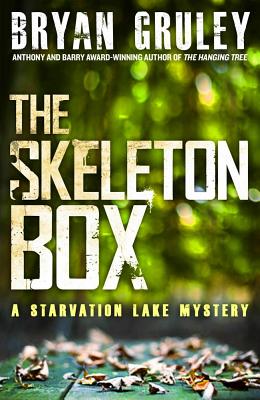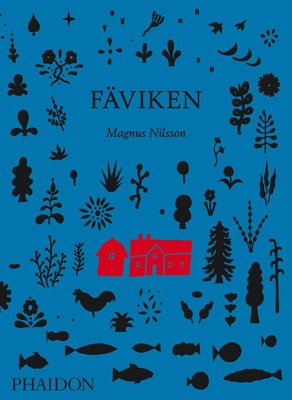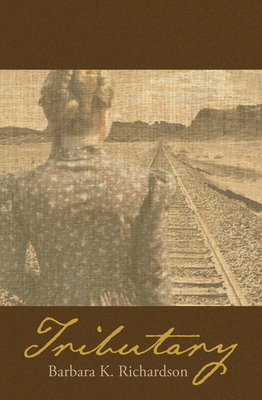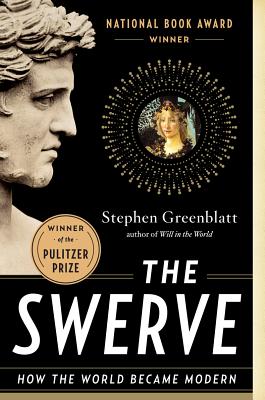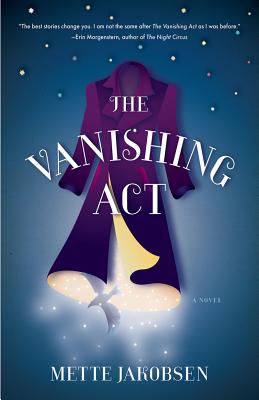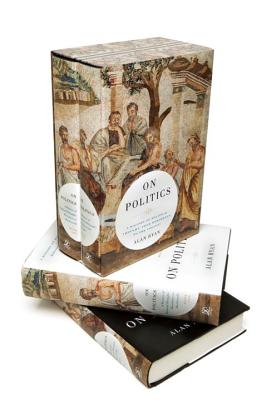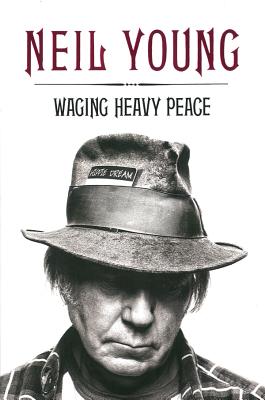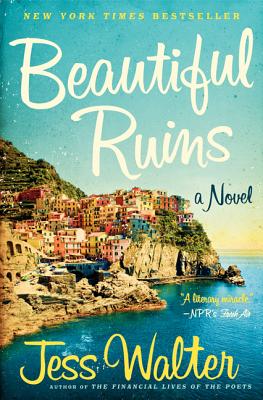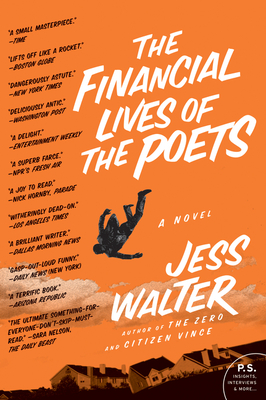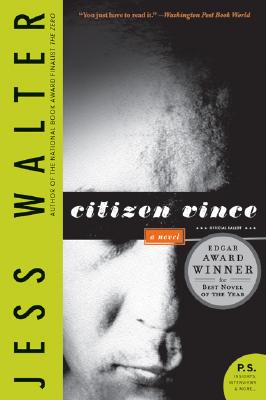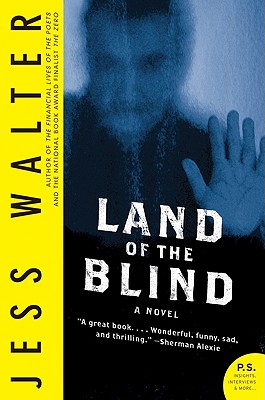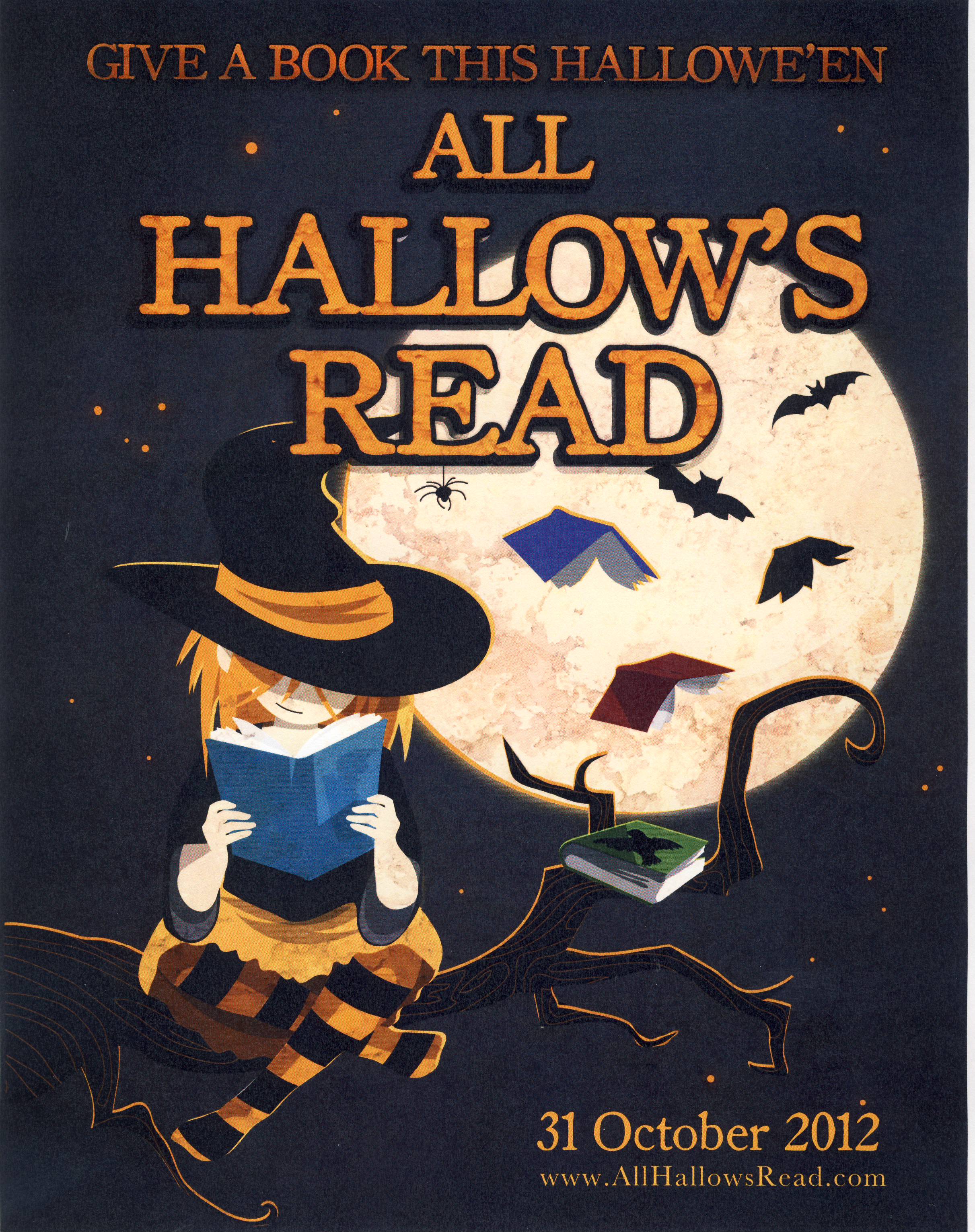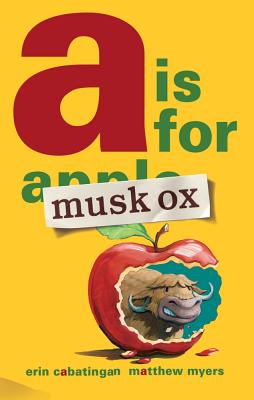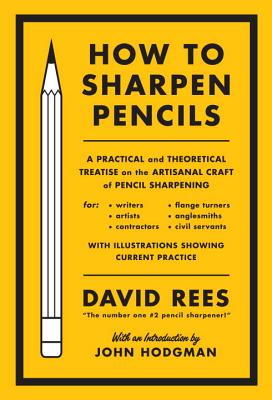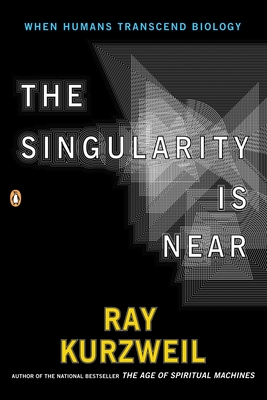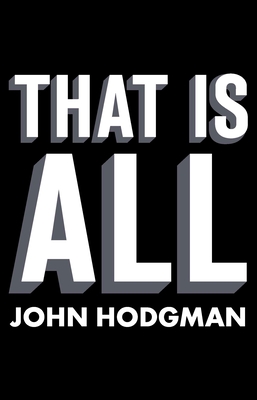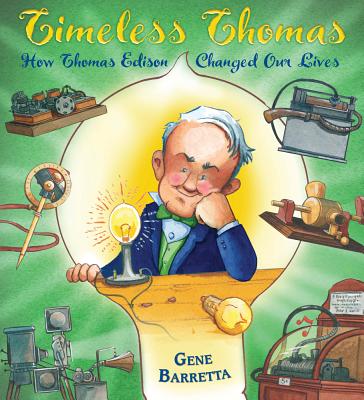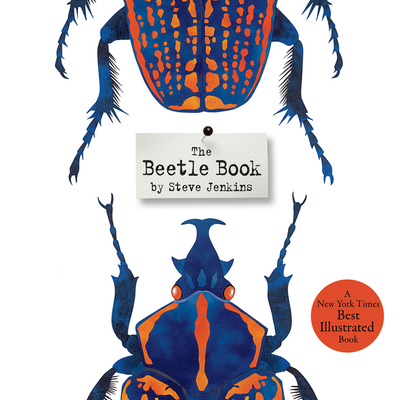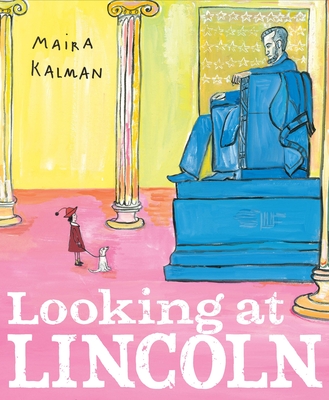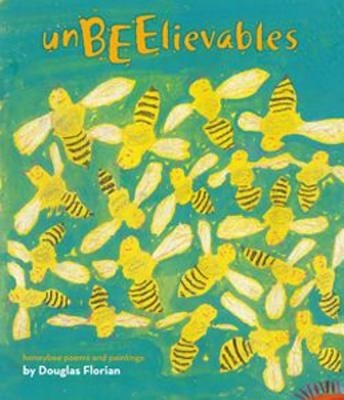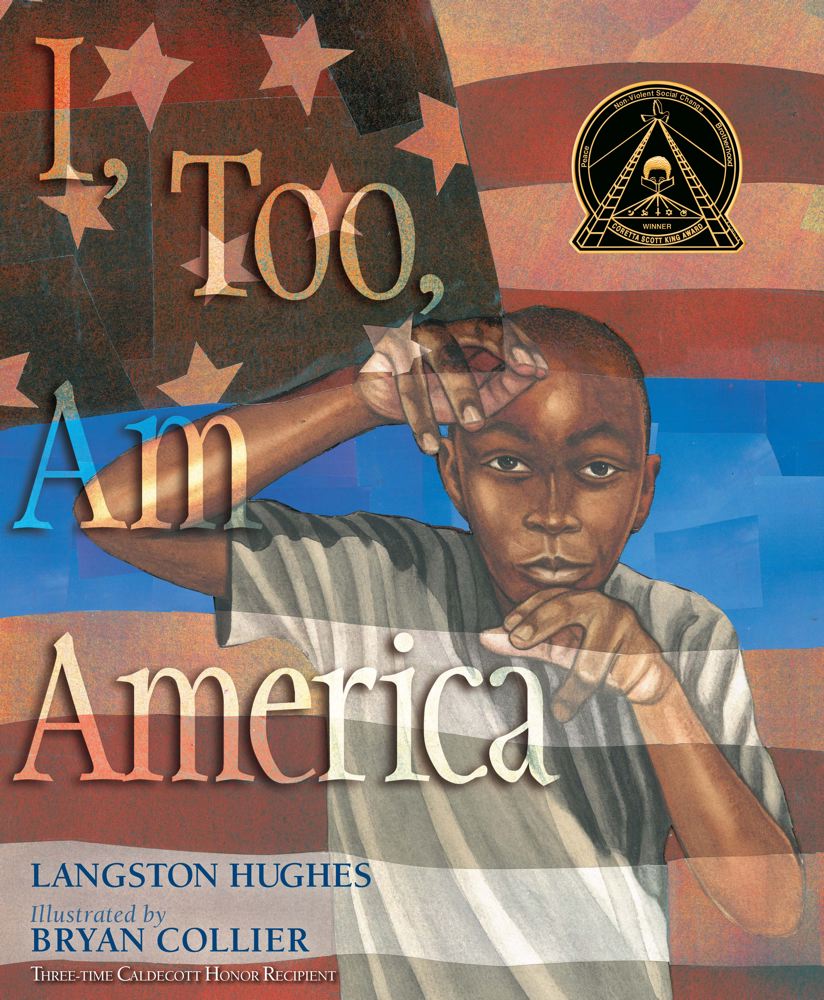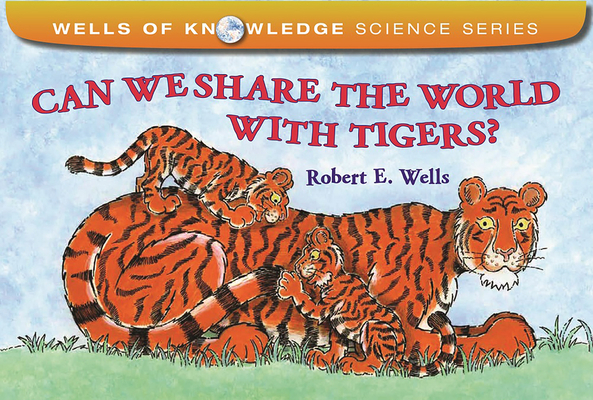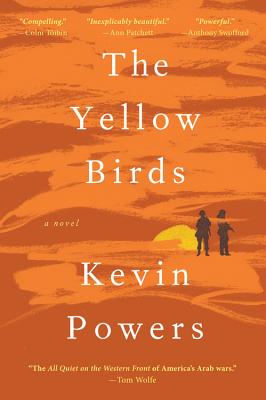Mysterious break-ins are plaguing the small town of Starvation Lake. While elderly residents enjoy their weekly bingo night at St. Valentine’s Catholic Church, someone is slipping into their homes to rifle through financial and personal files. Oddly, the intruder takes nothing—yet the “Bingo Night Burglaries” leave the entire town uneasy.
Worry turns into panic when a break-in escalates to murder. Suddenly, Gus Carpenter, editor of the Pine County Pilot, is forced to investigate the most difficult story of his life. Not only is the victim his ex-girlfriend Darlene’s mother, but her body was found in the home of Bea Carpenter—Gus’s own mother. Suffering from worsening dementia and under the influence of sleeping pills, Bea remembers little of the break-in.
With the help of Luke Whistler, a former Detroit Free Press reporter who came north looking for slower days and some old-fashioned newspaper work, Gus sets out to uncover the truth behind the murder. But when the story leads him to a lockbox his mother has kept secret for years, Gus doesn’t realize that its contents could forever change his perception of Starvation Lake, his own family, and the value of the truth.
Hank says:
I enjoyed Gruley's first book, Starvation Lake, and was surprised when he wrote a sequel. Not every mystery has to be a series, and often ones featuring amateur detectives become unbelievable, because really? Wouldn't the cops be handling this? But Jackie gave The Hanging Tree a thumbs up, so I gave it a shot, and it was also good. Gus Carpenter is an investigative reporter, so his poking around does make sense.
The Skeleton Box, third of the Starvation Lake books, continues to explore the premise that the sorrowful secrets of small towns come to light eventually, causing all the more harm for having been bottled up. A longtime family friend is brutally murdered in the home of Carpenter's mother, Bea. Her memory is going, but she probably knows more than she is willing to reveal. Local politics, a religious sect, and hockey mania complicate matters, until finally the truth about any number of things comes out. It will be interesting to see if Gruley continues Gus Carpenter's story in a necessarily new direction, or if this was the end of the Starvation Lake story arc.
People who enjoy Julia Spencer-Fleming's Millers Kill mysteries will probably like Starvation Lake as well.
